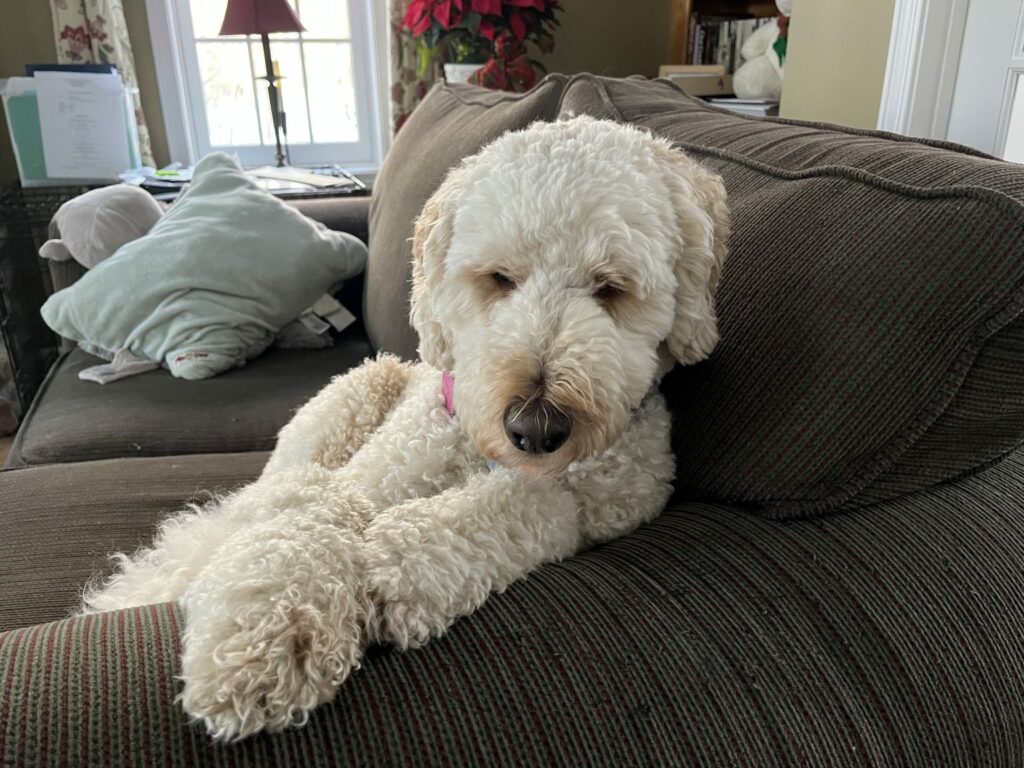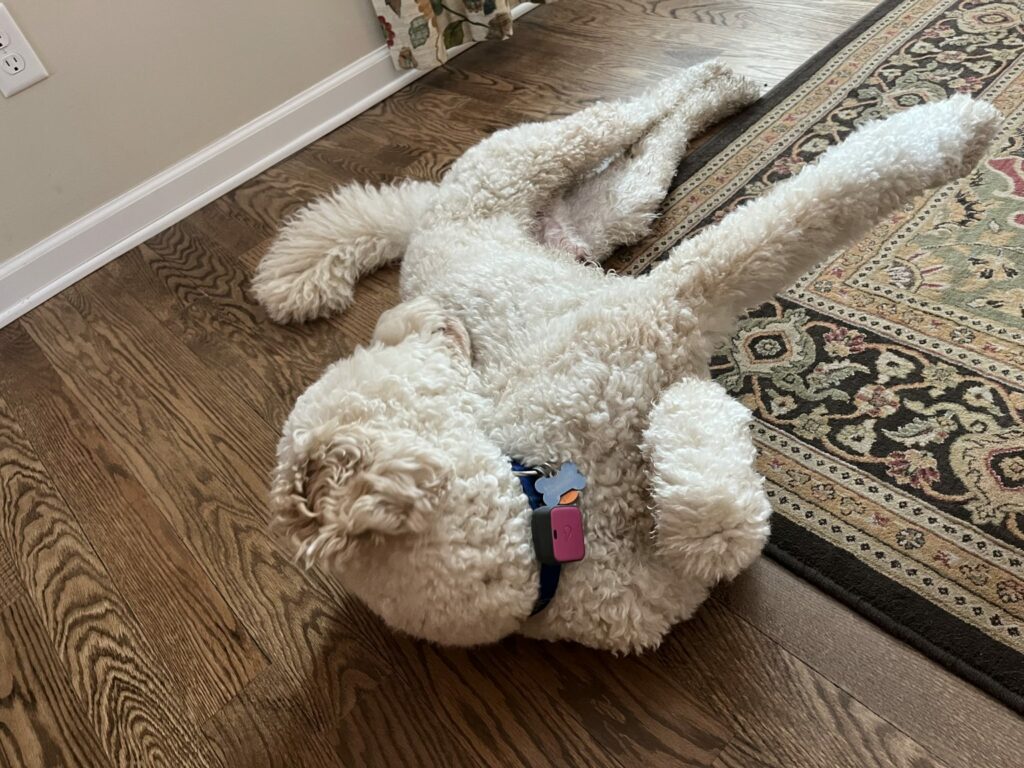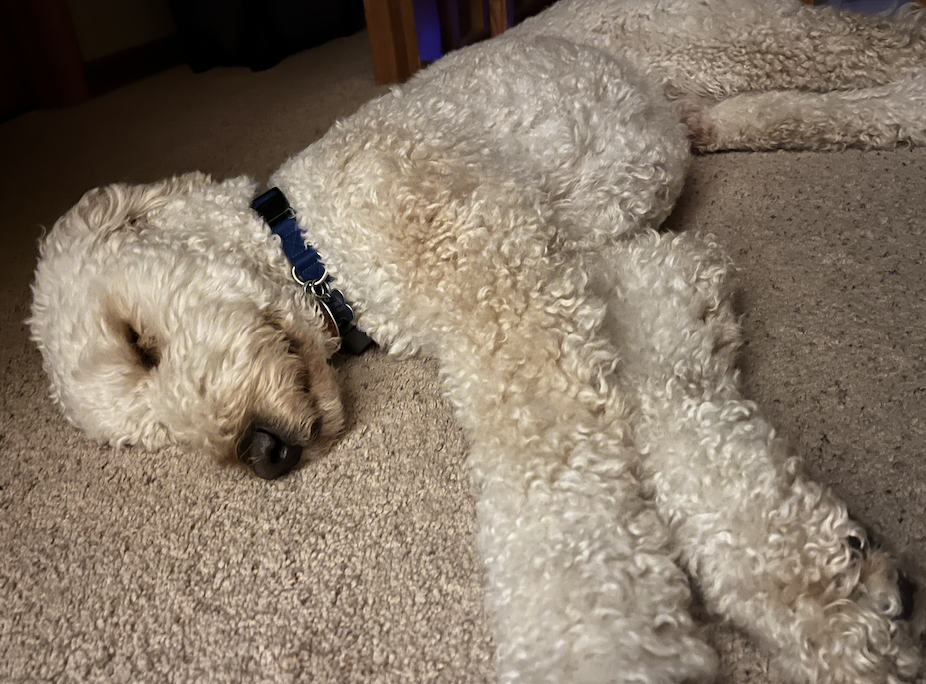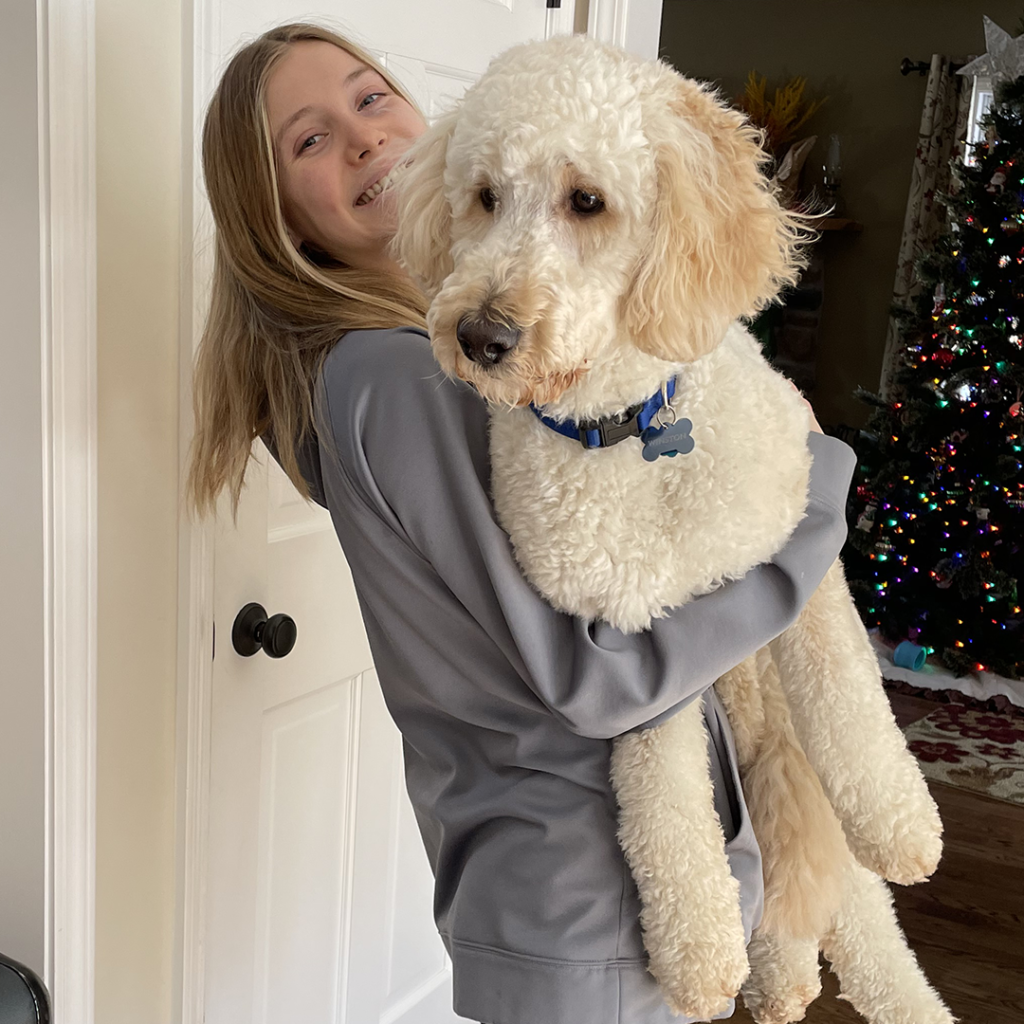The Poodle Lump, also known as lipoma, is a small lump of fat found most commonly in poodles. These lumps are usually relatively harmless and often easily managed with medical treatment or surgical removal. With the right care and attention, these lumps can be kept under control so that your pup continues to live a happy and healthy life. Find out more about what you need to know about these common canine growths!
Poodle lumps are fatty tumors that commonly occur in poodle breeds. Typically occurring on the abdomen or chest of the dog, these benign lumps can range from slightly raised to very large in size. Studies have shown that up to 40% of poodles develop lipomas at some point during their life span.
What is a Poodle Lump?

A Poodle Lump is a growth that appears in certain breeds of poodles. It can be either benign or malignant, and it typically occurs on the head, neck, or back of the animal. Though they are more common in older dogs, younger animals can also develop them.
The lumps vary in size and shape but generally appear as firm bumps under the skin with no noticeable hair loss around them.
They may feel like small nodules when touched, and if left untreated they could become larger over time. In some cases these lumps may ooze blood-tinged fluid which can indicate a greater issue at hand.
It’s important to have any suspected lump examined by your veterinarian for proper diagnosis since some types of canine cancer resemble benign tumors known as lipomas. The only way to know for sure what type of lump is present is through surgical examination or biopsy so that treatment plans—if necessary—can be determined quickly before further damage occurs to your pet’s health.
Causes of Poodle Lumps

Poodles are gentle, intelligent dogs popular for their unique style of fur. Unfortunately, they can also be prone to lumps on the skin. These bumps can range in size and severity; some may even require medical attention. Knowing the causes of poodle lumps can help you take proactive steps to protect your pup’s health and well-being.
Here is a list of common causes of poodle lumps:
- Allergies
- Bacterial or fungal infections
- Lipomas (benign fatty tumors)
- Sebaceous cysts (fluid filled sacs)
- Skin trauma from cuts or scrapes
- Inflammation from parasites like fleas and ticks
Symptoms of Poodle Lumps

Poodle lumps, also known as cutaneous histiocytomas, are common skin tumors in poodles. They are normally benign, but can become malignant if left untreated. The most common symptom of a poodle lump is the presence of a round or oval-shaped bump on the skin. These bumps may range in size from very small to quite large and they can occur anywhere on the body.
In some cases, poodle lumps may be accompanied by itching and redness around the tumor site; however, not all tumors exhibit these symptoms.
If an affected area becomes hot to the touch or appears swollen or ulcerated, this could indicate that it has become infected and should be seen by a veterinarian immediately for proper diagnosis and treatment.
It’s important to note that not all bumps on your dog’s skin are necessarily caused by a tumor; many infections can cause raised areas as well so it’s always best to have any suspicious-looking growth examined by your vet. With early detection and appropriate treatment, most poodle lumps can easily be managed with minimal discomfort for your pet
Treatment for Canine Lumps on Poodles
Canine lumps on poodles can have a few different treatments depending on the cause. If the lump is due to an infection, then antibiotics may be prescribed by your veterinarian along with medicated shampoos and topical ointments. In some cases, if the lump is large or abscessed, surgical removal may be necessary to eliminate the lump and prevent recurrence.
If the cause of the canine lump is cancerous, then treatment options include surgery to remove it or radiation therapy. Chemotherapy can also be employed in certain instances as well as medications aimed at suppressing tumor growth and progression. Treatment for tumors should always take place under veterinary care since these types of procedures require specialized knowledge to ensure proper results are achieved.
Finally, if the cause of a canine lump on a poodle cannot be determined right away by physical examination alone, tissue biopsies may need to be performed so that diagnosis can occur quickly and appropriate treatments implemented accordingly thereafter. Regardless of what type of treatment option you decide upon with your vet’s guidance, making sure that regular checkups are conducted will help ensure any potential health issues related to lumps get caught early before they become worse over time.
Prevention Tips for Dog Owners
As a dog owner, it is important to be aware of the risk factors and prevention tips for canine lumps. There are several steps you can take as a pet parent to reduce your pup’s chances of developing an abnormal lump or mass:
1) Regularly inspect your dog’s body. Get familiar with their skin and coat by feeling them from head to tail during routine grooming sessions. This will help you spot any changes in size, shape, colour or texture quickly and easily. If you notice anything out of the ordinary on your pup’s body that does not go away within 24-48 hours, make sure to contact your veterinarian right away.
2) Keep up with vaccinations. Vaccinations provide protection against viruses like distemper which can cause tumor formation in poodles and other breeds alike. Work with your vet to determine the best vaccination schedule for your pooch based on their age, lifestyle and health history
3) Feed a healthy diet full of antioxidants such as fruits and vegetables that help boost immunity naturally. Antioxidants found in food sources are also known to protect against cell damage caused by free radicals which may contribute towards tumor growth over time
4) Exercise regularly! Keeping dogs active helps maintain muscle tone along with overall physical health – both key elements for preventing conditions such as obesity which have been linked to increased cancer risks
When to See A Vet About a Poodle Lump
If you notice a lump on your poodle, it’s important to take them to the vet right away. This is especially true if the lump seems painful or changes in size and shape. Lumps can be caused by a variety of conditions and getting an early diagnosis is key for successful treatment.
Most lumps are benign but some may turn out to be cancerous. Your veterinarian will do an exam and may need to order additional testing such as blood work, imaging tests (x-ray, ultrasound), biopsy or aspiration (removing cells with a needle). This will help determine what type of lump it is and whether there any underlying health issues that need attention.
It’s important to note that many tumors found in dogs are not contagious so don’t put off taking your pet for medical care just because you think their condition might spread. If caught early enough, most types of lumps can be treated successfully with surgery or medication so don’t hesitate to contact your vet if you see anything unusual on your poodle’s body.


